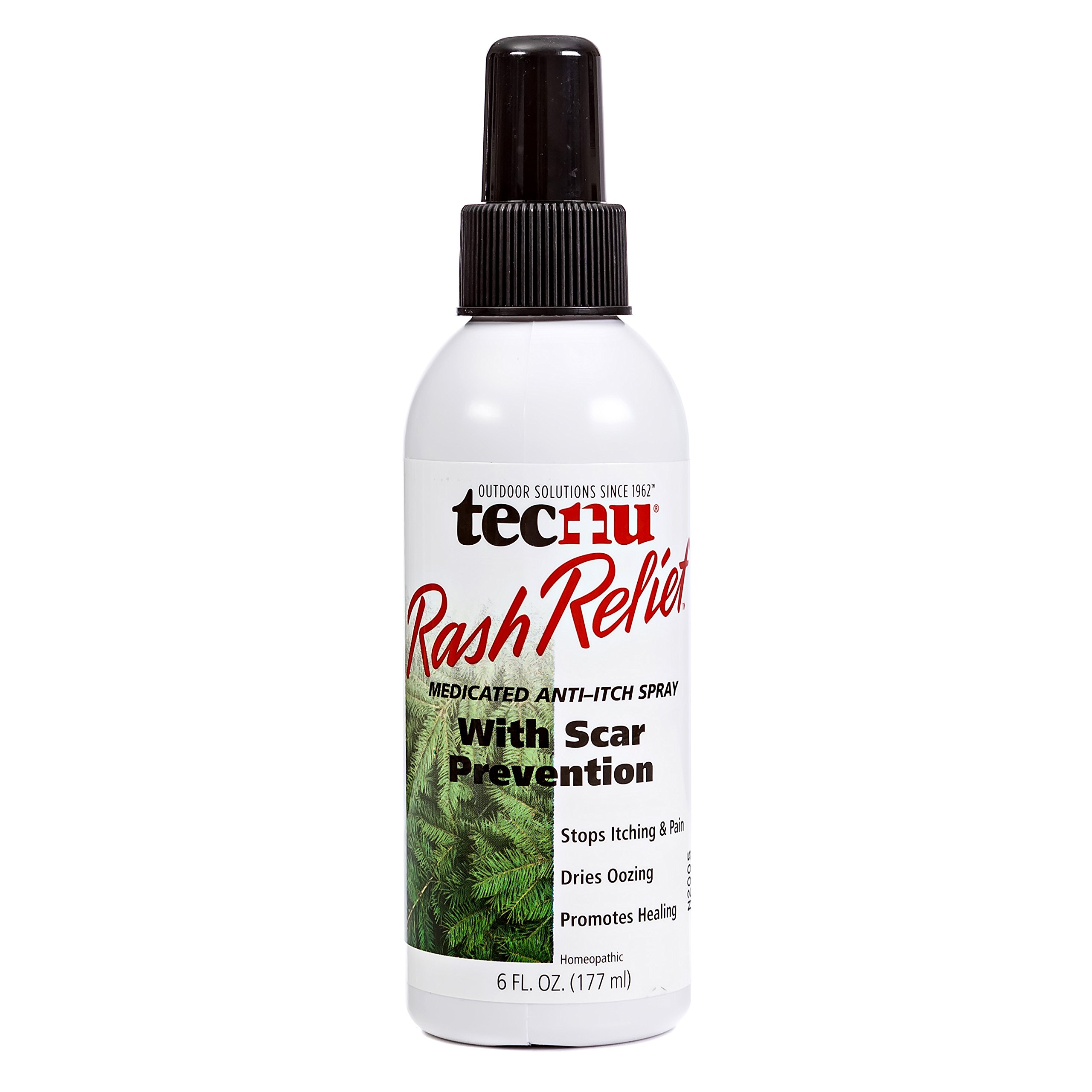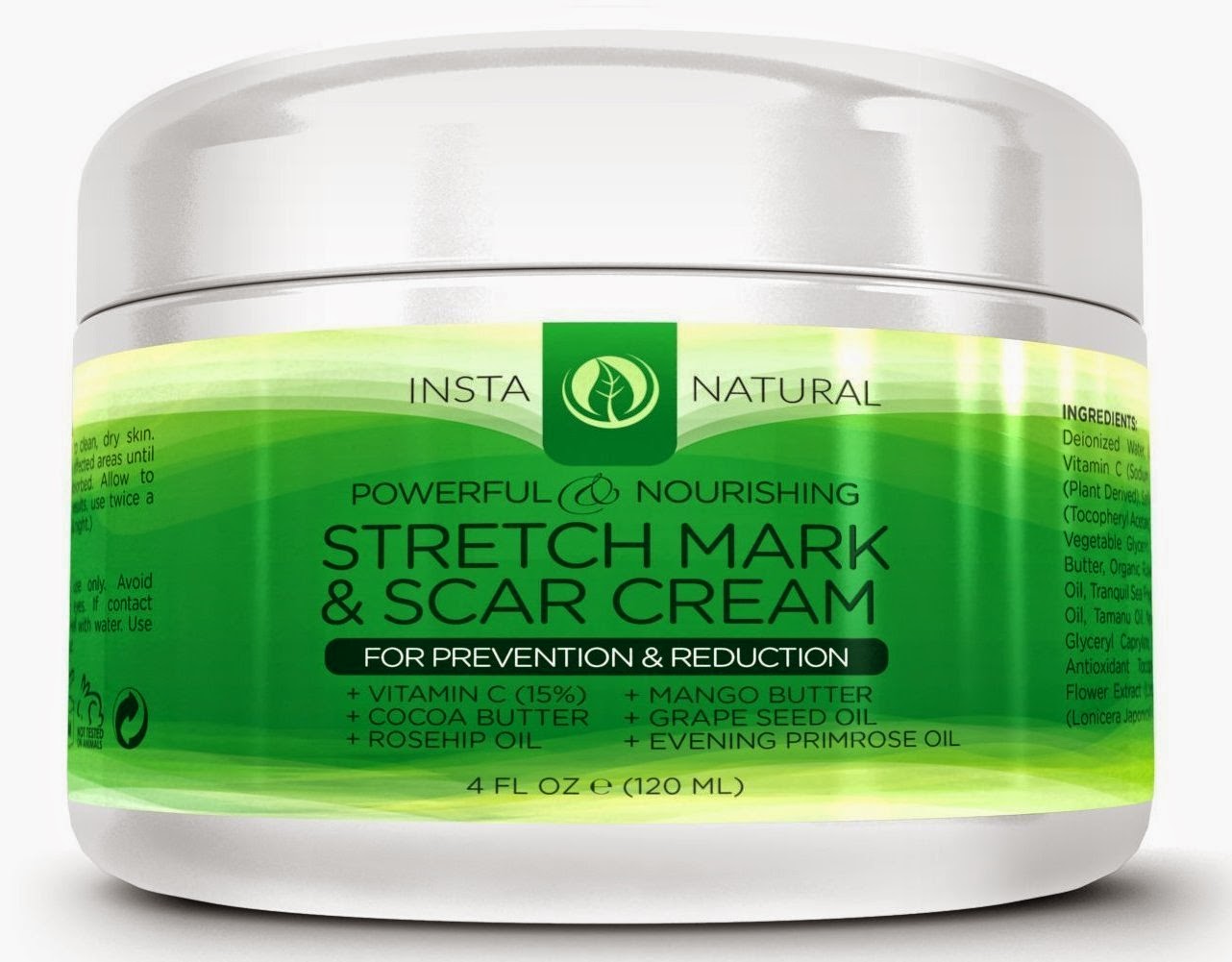Emerging Therapies for Scar Prevention: A Comprehensive Overview
What are the emerging therapies for scar prevention?. A detailed look at the latest treatments and techniques to minimize scar formation.
Emerging Therapies for Scar Prevention
Scar formation is a common and often challenging consequence of various medical procedures, injuries, and skin conditions. As researchers and clinicians continue to explore new and innovative approaches, several emerging therapies have gained attention for their potential in scar prevention. This comprehensive article will provide an overview of the latest advancements in this field.
Understanding Scar Formation
Scars are the body’s natural response to tissue injury, resulting from the complex process of wound healing. When the skin is damaged, the body initiates a cascade of events that culminates in the formation of a scar. While scars are an essential part of the healing process, they can often be unsightly, uncomfortable, and, in some cases, functionally limiting.
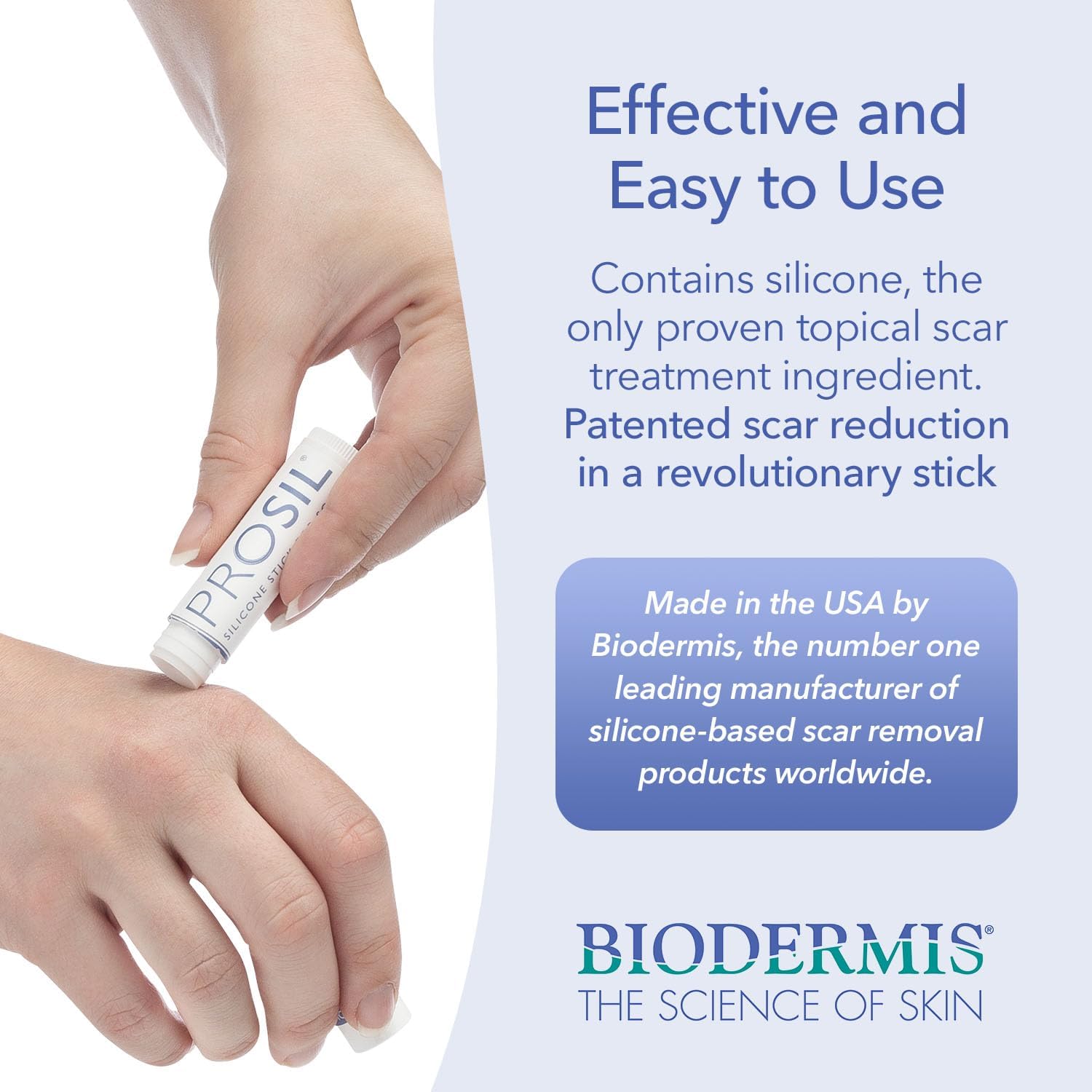
The factors that contribute to scar formation are multifaceted, including the extent and severity of the initial injury, the individual’s genetic predisposition, and the body’s own wound healing response. Understanding these underlying mechanisms is crucial in developing effective scar prevention strategies.
Emerging Therapies for Scar Prevention
Mechanical Scar Reduction Devices
One of the promising emerging therapies for scar prevention is the use of mechanical scar reduction devices, such as the embrace Advanced Scar Therapy device. These devices apply gentle mechanical tension to the skin, which has been shown to reduce the formation of hypertrophic and keloid scars. A randomized controlled trial found that the embrace device significantly reduced the incidence of scar formation compared to a control group.
Topical Treatments
Topical treatments have long been a mainstay in scar management, and new formulations are continually being developed. Some of the emerging topical therapies include silicone gels, onion extract-based products, and imiquimod cream. These treatments have demonstrated varying degrees of effectiveness in reducing the appearance and severity of scars, with some studies showing promising results in the prevention of keloid and hypertrophic scar formation.

Intralesional Injections
Intralesional injections, such as those with corticosteroids or mitomycin C, have been used to manage existing scars. However, emerging evidence suggests that these treatments may also have a role in scar prevention. Studies have shown that the combination of intralesional triamcinolone acetonide and onion extract gel can be effective in reducing the formation of hypertrophic scars and keloids.
Radiation Therapy
Radiation therapy, particularly when used in combination with surgical excision, has been explored as a potential scar prevention strategy. The rationale behind this approach is that the radiation can inhibit the excessive proliferation of fibroblasts, which play a key role in scar formation. While the use of radiation therapy for scar prevention is still an emerging field, some studies have reported promising results in the management of keloids.
Combination Therapies
As scar formation is a complex process, the use of combination therapies has gained attention. By targeting multiple pathways involved in scar development, these multimodal approaches aim to enhance the efficacy of scar prevention. For example, the combination of surgical excision, mitomycin C application, and radiotherapy has shown promising results in the management of keloids.
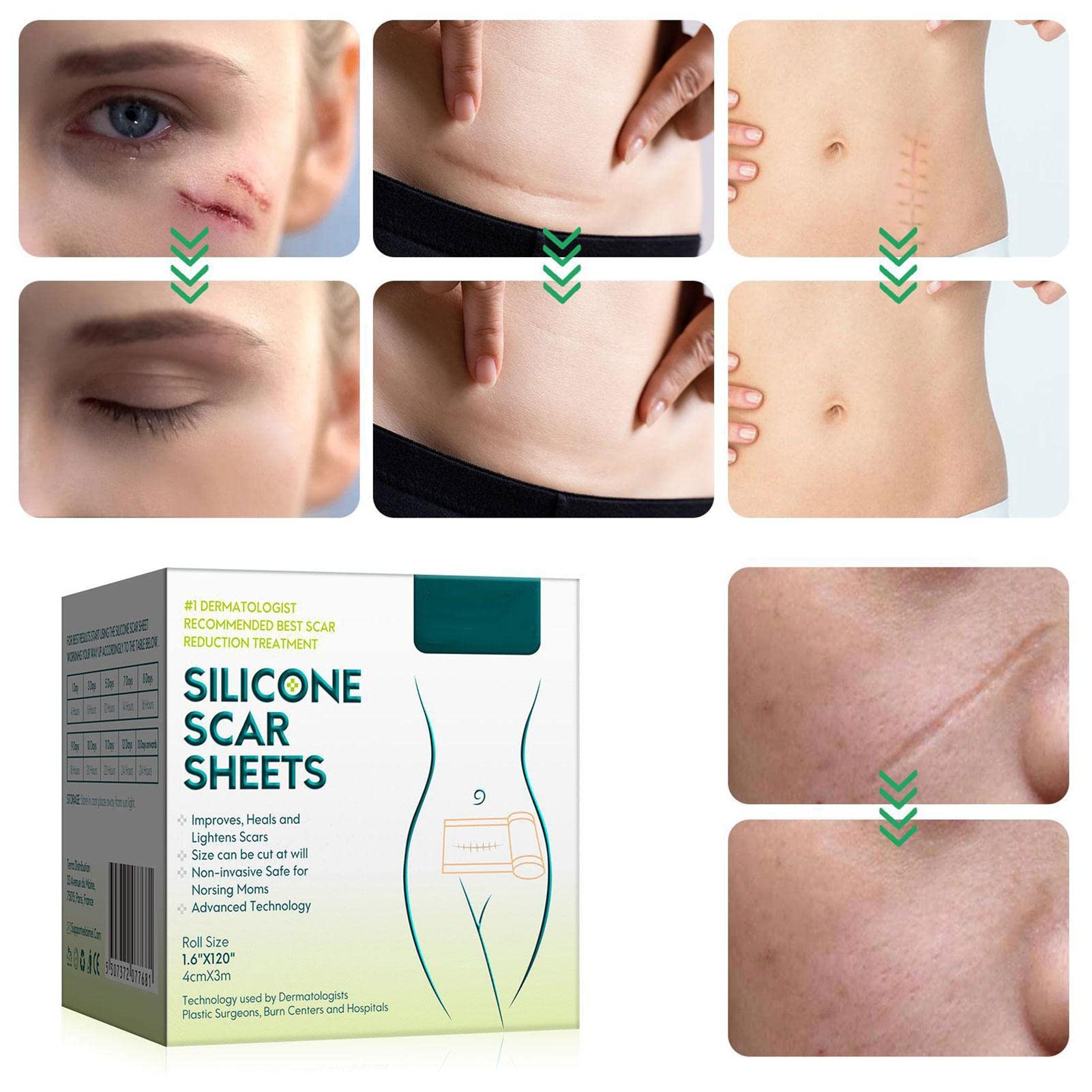
Factors to Consider in Scar Prevention
Effective scar prevention requires a comprehensive approach that takes into account various factors, including the type and severity of the injury, the individual’s risk factors, and the timing and coordination of treatment interventions. Healthcare providers must carefully evaluate each patient’s unique situation and tailor the treatment plan accordingly.
It is important to note that while these emerging therapies hold promise, their long-term efficacy and safety profiles are still being evaluated. Ongoing research and clinical trials will continue to shed light on the most effective strategies for scar prevention.
Conclusion
The field of scar prevention is rapidly evolving, with a range of emerging therapies offering new hope for individuals affected by scarring. From mechanical devices to novel topical treatments and combination approaches, the landscape of scar management is continuously expanding. As research continues to unravel the complexities of scar formation, healthcare providers and patients can look forward to even more advanced and effective scar prevention strategies in the future.
![]()
Emerging Therapies for Scar Prevention
1. Longaker MT, Rohrich RJ, Greenberg L, et al..
A randomized controlled trial of the embrace advanced scar therapy device to reduce incisional scar formation. Plast Reconstr Surg
2014;134:536–546 [PMC free article] [PubMed] [Google Scholar]
2. Peck MD.
Epidemiology of burns throughout the world. Part 1: distribution and risk factors. Burns
2011;37:1087–1100 [PubMed] [Google Scholar]
3. Young VL, Hutchison J.
Insights into patient and clinician concerns about scar appearance: semiquantitative structured surveys. Plast Reconstr Surg
2009;124:256–265 [PubMed] [Google Scholar]
4. Gauglitz GG.
Management of keloids and hypertrophic scars: current and emerging options. Clin Cosmet Investig Dermatol
2013;6:103–114 [PMC free article] [PubMed] [Google Scholar]
5. Gold MH, Berman B, Clementoni MT, Gauglitz GG, Nahai F, Murcia C.
Updated international clinical recommendations on scar management: part 1–Evaluating the evidence. Dermatol Surg
Dermatol Surg
2014;40:817–824 [PubMed] [Google Scholar]
6. Karagoz H, Yuksel F, Ulkur E, Evinc R.
Comparison of efficacy of silicone gel, silicone gel sheeting, and topical onion extract including heparin and allantoin for the treatment of postburn hypertrophic scars. Burns
2009;35:1097–1103 [PubMed] [Google Scholar]
7. Hosnuter M, Payasli C, Isikdemir A, Tekerekoglu B.
The effects of onion extract on hypertrophic and keloid scars. J Wound Care
2007;16:251–254 [PubMed] [Google Scholar]
8. Koc E, Arca E, Surucu B, Kurumlu Z.
An open, randomized, controlled, comparative study of the combined effect of intralesional triamcinolone acetonide and onion extract gel and intralesional triamcinolone acetonide alone in the treatment of hypertrophic scars and keloids. Dermatol Surg
2008;34:1507–1514 [PubMed] [Google Scholar]
9. Perez OA, Viera MH, Patel JK, et al..
A comparative study evaluating the tolerability and efficacy of two topical therapies for the treatment of keloids and hypertrophic scars. J Drugs Dermatol
J Drugs Dermatol
2010;9:514–518 [PubMed] [Google Scholar]
10. Beuth J, Hunzelmann N, Van Leendert R, et al..
Safety and efficacy of local administration of Contractubex to hypertrophic scars in comparison to corticosteroid treatment. Results of a multicenter, comparative epidemiological cohort study in Germany. In Vivo
2006;20:277–283 [PubMed] [Google Scholar]
11. Willett M, Handfield K, Marquart J.
Multimodal keloid therapy with excision, application of mitomycin C, and radiotherapy. Dermatol Surg
2014;40:480–482 [PubMed] [Google Scholar]
12. Gupta M, Narang T.
Role of mitomycin C in reducing keloid recurrence: patient series and literature review. J Laryngol Otol
2011;125:297–300 [PubMed] [Google Scholar]
13. Seo SH, Sung HW.
Treatment of keloids and hypertrophic scars using topical and intralesional mitomycin C. J Eur Acad Dermatol Venereol
2012;26:634–638 [PubMed] [Google Scholar]
14. Zurada JM, Kriegel D, Davis IC.
Topical treatments for hypertrophic scars. J Am Acad Dermatol
J Am Acad Dermatol
2006;55:1024–1031 [PubMed] [Google Scholar]
15. Berman B, Kaufman J.
Pilot study of the effect of postoperative imiquimod 5% cream on the recurrence rate of excised keloids. J Am Acad Dermatol
2002;47(Suppl 4):S209–S211 [PubMed] [Google Scholar]
16. Chuangsuwanich A, Gunjittisomram S.
The efficacy of 5% imiquimod cream in the prevention of recurrence of excised keloids. J Med Assoc Thai
2007;90:1363–1367 [PubMed] [Google Scholar]
17. Martin-Garcia RF.
Imiquimod: an effective alternative for the treatment of invasive cutaneous squamous cell carcinoma. Dermatol Surg
2005;31:371–374 [PubMed] [Google Scholar]
18. Stashower ME.
Successful treatment of earlobe keloids with imiquimod after tangential shave excision. Dermatol Surg
2006;32:380–386 [PubMed] [Google Scholar]
19. Sharma S, Bhanot A, Kaur A, Dewan SP.
Role of liquid nitrogen alone compared with combination of liquid nitrogen and intralesional triamcinolone acetonide in treatment of small keloids.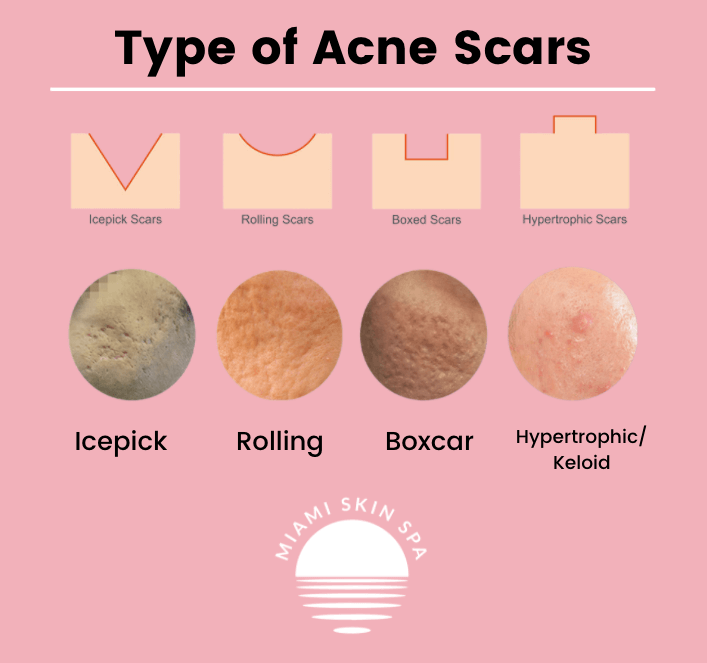 J Cosmet Dermatol
J Cosmet Dermatol
2007;6:258–261 [PubMed] [Google Scholar]
20. Viera MH, Amini S, Valins W, Berman B.
Innovative therapies in the treatment of keloids and hypertrophic scars. J Clin Aesthet Dermatol
2010;3:20–26 [PMC free article] [PubMed] [Google Scholar]
21. Cação FM, Tanaka V, Messina MC.
Failure of imiquimod 5% cream to prevent recurrence of surgically excised trunk keloids. Dermatol Surg
2009;35:629–633 [PubMed] [Google Scholar]
22. Berman B, Harrison-Balestra C, Perez OA, et al..
Treatment of keloid scars post-shave excision with imiquimod 5% cream: a prospective, double-blind, placebo-controlled pilot study. J Drugs Dermatol
2009;8:455–458 [PubMed] [Google Scholar]
23. Espana A, Solano T, Quintanilla E.
Bleomycin in the treatment of keloids and hypertrophic scars by multiple needle punctures. Dermatol Surg
2001;27:23–27 [PubMed] [Google Scholar]
24. Naeini FF, Najafian J, Ahmadpour K.
Bleomycin tattooing as a promising therapeutic modality in large keloids and hypertrophic scars. Dermatol Surg
Dermatol Surg
2006;32:1023–1029; discussion 1029–1030. [PubMed] [Google Scholar]
25. Saray Y, Gulec AT.
Treatment of keloids and hypertrophic scars with dermojet injections of bleomycin: a preliminary study. Int J Dermatol
2005;44:777–784 [PubMed] [Google Scholar]
26. Leventhal D, Furr M, Reiter D.
Treatment of keloids and hypertrophic scars: a meta-analysis and review of the literature. Arch Facial Plast Surg
2006;8:362–368 [PubMed] [Google Scholar]
27. Berman B, Duncan MR.
Short-term keloid treatment in vivo with human interferon alfa-2b results in a selective and persistent normalization of keloidal fibroblast collagen, glycosaminoglycan, and collagenase production in vitro. J Am Acad Dermatol
1989;21(Pt 1):694–702 [PubMed] [Google Scholar]
28. Tredget EE, Shankowsky HA, Pannu R, et al..
Transforming growth factor-beta in thermally injured patients with hypertrophic scars: effects of interferon alpha-2b. Plast Reconstr Surg
1998;102:1317–1328 [PubMed] [Google Scholar]
29. Nast A, Eming S, Fluhr J, et al..
Nast A, Eming S, Fluhr J, et al..
German S2k guidelines for the therapy of pathological scars (hypertrophic scars and keloids). J Dtsch Dermatol Ges
2012;10:747–762 [PubMed] [Google Scholar]
30. Mustoe TA, Cooter RD, Gold MH, et al..
International clinical recommendations on scar management. Plast Reconstr Surg
2002;110:560–571 [PubMed] [Google Scholar]
31. Cruz NI, Korchin L.
Inhibition of human keloid fibroblast growth by isotretinoin and triamcinolone acetonide in vitro. Ann Plast Surg
1994;33:401–405 [PubMed] [Google Scholar]
32. Yosipovitch G, Widijanti Sugeng M, Goon A, Chan YH, Goh CL.
A comparison of the combined effect of cryotherapy and corticosteroid injections versus corticosteroids and cryotherapy alone on keloids: a controlled study. J Dermatolog Treat
2001;12:87–90 [PubMed] [Google Scholar]
33. Cavalie M, Sillard L, Montaudie , et al..
Treatment of keloids with laser-assisted topical steroid delivery: a retrospective study of 23 cases. Dermatol Ther
2014;28:74–78 [PubMed] [Google Scholar]
34. Gassner HG, Brissett AE, Otley CC, et al..
Gassner HG, Brissett AE, Otley CC, et al..
Botulinum toxin to improve facial wound healing: a prospective, blinded, placebo-controlled study. Mayo Clin Proc
2006;81:1023–1028 [PubMed] [Google Scholar]
35. Zhibo X, Miaobo Z.
Intralesional botulinum toxin type A injection as a new treatment measure for keloids. Plast Reconstr Surg
2009;124:275e–277e [PubMed] [Google Scholar]
36. Gauglitz GG, Bureik D, Dombrowski Y, Pavicic T, Ruzicka T, Schauber J.
Botulinum toxin A for the treatment of keloids. Skin Pharmacol Physiol
2012;25:313–318 [PubMed] [Google Scholar]
37. Har-Shai Y, Amar M, Sabo E.
Intralesional cryotherapy for enhancing the involution of hypertrophic scars and keloids. Plast Reconstr Surg
2003;111:1841–1852 [PubMed] [Google Scholar]
38. Har-Shai Y, Brown W, Labbe D, et al..
Intralesional cryosurgery for the treatment of hypertrophic scars and keloids following aesthetic surgery: the results of a prospective observational study. Int J Low Extrem Wounds
2008;7:169–175 [PubMed] [Google Scholar]
39.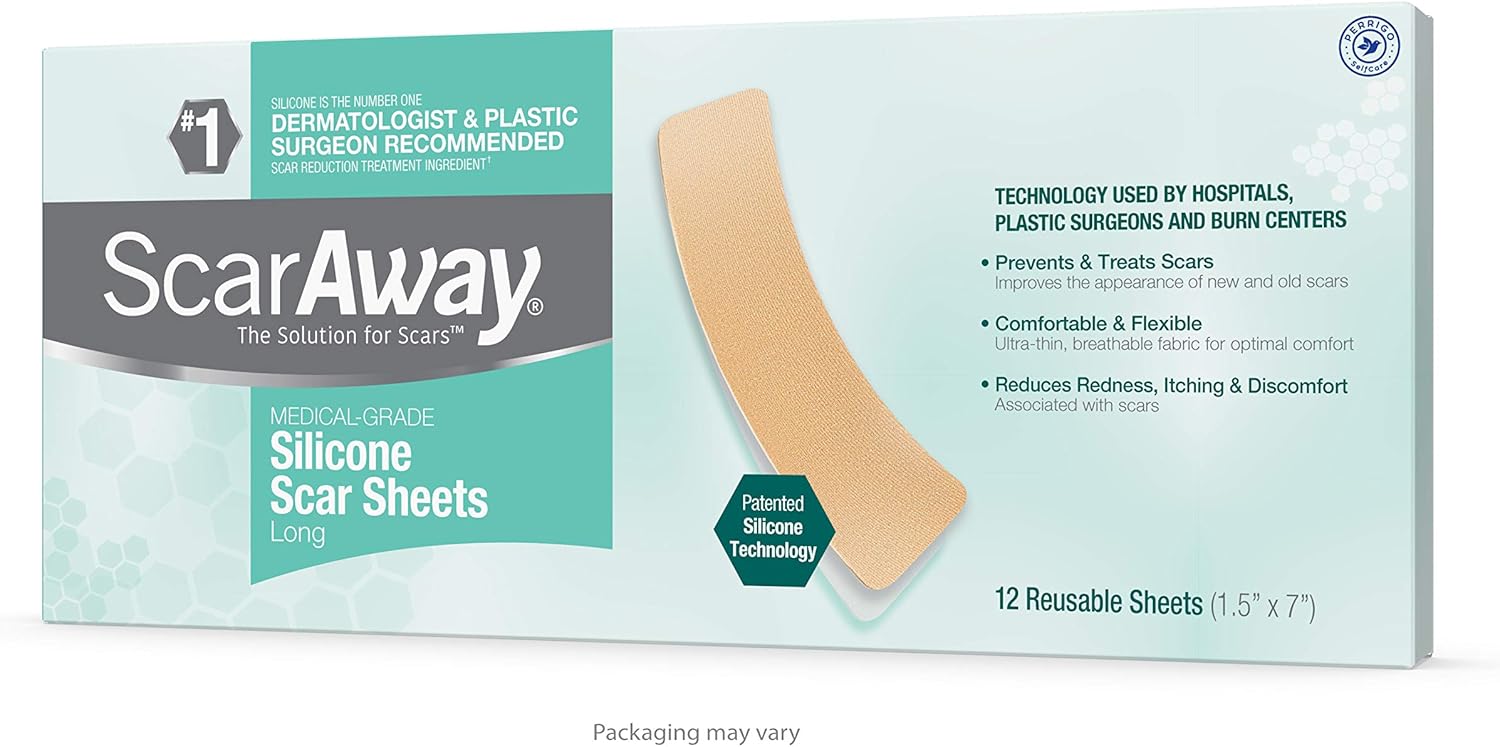 Reish RG, Eriksson E.
Reish RG, Eriksson E.
Scar treatments: preclinical and clinical studies. J Am Coll Surg
2008;206:719–730 [PubMed] [Google Scholar]
40. Alster T, Zaulyanov L.
Laser scar revision: a review. Dermatol Surg
2007;33:131–140 [PubMed] [Google Scholar]
41. Hultman CS, Friedstat JS, Edkins RE, Cairns BA, Meyer AA.
Laser resurfacing and remodeling of hypertrophic burn scars: the results of a large, prospective, before-after cohort study, with long-term follow-up. Ann Surg
2014;260:519–532 [PubMed] [Google Scholar]
42. Alster TS, Williams CM.
Treatment of keloid sternotomy scars with 585 nm flashlamp-pumped pulsed-dye laser. Lancet
1995;345:1198–1200 [PubMed] [Google Scholar]
43. Vrijman C, van Drooge AM, Limpens J, et al..
Laser and intense pulsed light therapy for the treatment of hypertrophic scars: a systematic review. Br J Dermatol
2011;165:934–942 [PubMed] [Google Scholar]
44. Haedersdal M, Moreau KE, Beyer DM, et al..
Fractional nonablative 1540 nm laser resurfacing for thermal burn scars: a randomized controlled trial. Lasers Surg Med
Lasers Surg Med
2009;41:189–195 [PubMed] [Google Scholar]
45. Apfelberg DB, Maser MR, White DN, Lash H.
Failure of carbon dioxide laser excision of keloids. Lasers Surg Med
1989;9:382–388 [PubMed] [Google Scholar]
46. Saivon Y, Mordechai S, Sharon-Buller A.
Pressure earring as an adjunct to surgical removal of earlobe keloids. Dermatol Surg
2009;35:190–192 [Google Scholar]
47. Eishi K, Bae SJ, Ogawa F, Hamasaki Y, Shimizu K, Katayama I.
Silicone gel sheets relieve pain and pruritus with clinical improvement of keloid: possible target of mast cells. J Dermatolog Treat
2003;14:248–252 [PubMed] [Google Scholar]
48. Mustoe TA.
Evolution of silicone therapy and mechanism of action in scar management. Aesthetic Plast Surg
2008;32:82–92 [PubMed] [Google Scholar]
49. Carney SA, Cason CG, Gowar JP, et al..
Cica-Care gel sheeting in the management of hypertrophic scarring. Burns
1994;20:163–167 [PubMed] [Google Scholar]
50. Lee SM, Ngim CK, Chan YY, Ho MJ.
A comparison of Sil-K and Epiderm in scar management. Burns
Burns
1996;22:483–487 [PubMed] [Google Scholar]
51. Borgognoni L, Martini L, Chiarugi C, Gelli R, Reali UM.
Hypertrophic scars and keloids: immunophenotypic features and silicone sheets to prevent recurrences. Ann Burns Fire Disasters
2000;8:164–169 [Google Scholar]
52. Cruz-Korchin NI.
Effectiveness of silicone sheets in the prevention of hypertrophic breast scars. Ann Plast Surg
2006;37:345–348 [PubMed] [Google Scholar]
53. de Oliveira GV, Nunes TA, Magna LA, et al..
Silicone versus nonsilicone gel dressings: a controlled trial. Dermatol Surg
2000;27:721–726 [PubMed] [Google Scholar]
54. Sawada Y, Sone K.
Treatment of scars and keloids with a cream containing silicone oil. Br J Plast Surg
1990;43:683–688 [PubMed] [Google Scholar]
55. Chan KY, Lau CL, Adeeb SM, Somasundaram S, Nasir-Zahari M.
A randomized, placebo-controlled, double-blind, prospective clinical trial of silicone gel in prevention of hypertrophic scar development in median sternotomy wound. Plast Reconstr Surg
Plast Reconstr Surg
2005;116:1013–1020 [PubMed] [Google Scholar]
56. Chernoff WG, Cramer H, Su-Huang S.
The efficacy of topical silicone gel elastomers in the treatment of hypertrophic scars, keloid scars, and postlaser exfoliation erythema. Aesthetic Plast Surg
2007;31:495–500 [PubMed] [Google Scholar]
57. Signorini M, Clementonil MT.
Clinical evaluation of a new self-drying silicone gel in the treatment of scars: a preliminary report. Aesthetic Plast Surg
2007;31:183–187 [PubMed] [Google Scholar]
58. Anzarut A, Olson J, Singh P, Rowe BH, Tredget EE.
The effectiveness of pressure garment therapy for the prevention of abnormal scarring after burn injury: a meta-analysis. J Plast Reconstr Aesthet Surg
2009;62:77–84 [PubMed] [Google Scholar]
59. Bran GM, Brom J, Hormann K, Stuck BA.
Auricular keloids: combined therapy with a new pressure device. Arch Facial Plast Surg
2011;14:20–26 [PubMed] [Google Scholar]
60. Kadouch DJ, van der Veer WM, Mahdavian Delavary B, Kerkdijk D, Niessen FB.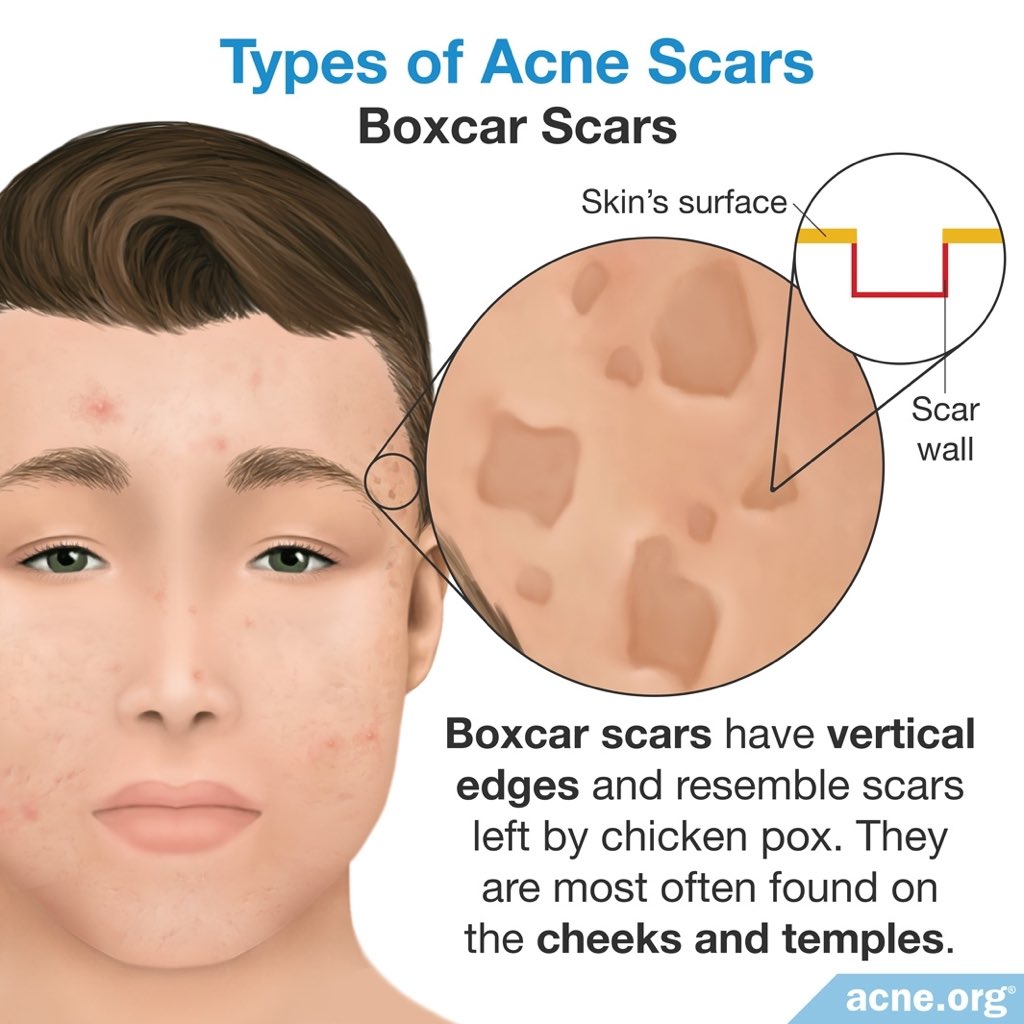
Therapeutic hotline: an alternative adjuvant treatment after ear keloid excision using a custom-made methyl methacrylate stent. Dermatol Ther
2010;23:686–692 [PubMed] [Google Scholar]
61. Candy LH, Cecilia LT, Ping ZY.
Effect of different pressure magnitudes on hypertrophic scar in a Chinese population. Burns
2010;36:1234–1241 [PubMed] [Google Scholar]
62. Thuzar S, Bordeau J.
The role of massage in scar management: a literature review. Dermatol Surg
2012;38:414–423 [PubMed] [Google Scholar]
63. Atkinson JA, McKenna KT, Barnett AG, et al..
A randomized, controlled trial to determine the efficacy of paper tape in preventing hypertrophic scar formation in surgical incisions that traverse Langer’s skin tension lines. Plast Reconstr Surg
2005;116:1648–1656 [PubMed] [Google Scholar]
64. Elliot D, Cory-Pearch R, Rees GM.
The behaviour of presternal scars in a fair-skinned population. Ann R Coll Surg Engl
1985;67:238. [PMC free article] [PubMed] [Google Scholar]
65. Meyer M, McGrouthe DA.
Meyer M, McGrouthe DA.
A study relating wound tension to scar morphology in the pre-sternal scar using Langer’s technique. Br J Plast Surg
1991;44:291. [PubMed] [Google Scholar]
66. Sommerlad BC, Creasey JM.
The stretched scar: a clinical and histological study. Br J Plast Surg
1978;31:34. [PubMed] [Google Scholar]
67. Gurtner GC, Dauskardt RH, Wong VW, et al..
Improving cutaneous scar formation by controlling the mechanical environment: large animal and phase I studies. Ann Surg
2011;254:217–225 [PubMed] [Google Scholar]
68. Lim AF, Weintraub J, Kaplan EN, et al..
The embrace device significantly decreases scarring following scar revision surgery in a randomized controlled trial. Plast Reconstr Surg
2014;133:398–405 [PMC free article] [PubMed] [Google Scholar]
Scar Prevention and the Stages of Wound Healing
Skin surgery, wounds, and scar tissue are common concerns that bring patients in to see their dermatologist. According to Dr. Daniel Condie of U.S. Dermatology Partners in Plano, Grapevine, and Sherman, Texas, “Patients frequently visit me to discuss scar prevention as they undergo surgery and the process of wound healing. While it’s not possible to completely prevent scar formation, there are numerous steps patients can take during wound healing to improve the appearance of scars. Most importantly, they are seeking my help in wound healing, which is an essential step in preventing the formation of unattractive scars.” In this blog, Dr. Condie walks through his top recommendations for scar prevention, the stages of wound healing, and when it’s time to see a dermatologist.
Dermatology Partners in Plano, Grapevine, and Sherman, Texas, “Patients frequently visit me to discuss scar prevention as they undergo surgery and the process of wound healing. While it’s not possible to completely prevent scar formation, there are numerous steps patients can take during wound healing to improve the appearance of scars. Most importantly, they are seeking my help in wound healing, which is an essential step in preventing the formation of unattractive scars.” In this blog, Dr. Condie walks through his top recommendations for scar prevention, the stages of wound healing, and when it’s time to see a dermatologist.
How Wounds & Scars Happen
There are numerous reasons wounds occur, including accidents, injuries, cuts, burns, allergic responses, and bug bites. Wounds may also occur as a result of intentional procedures like surgeries, tattoos, and piercings. Whatever the underlying cause of wounds, unattractive scars can develop if the wound doesn’t heal properly.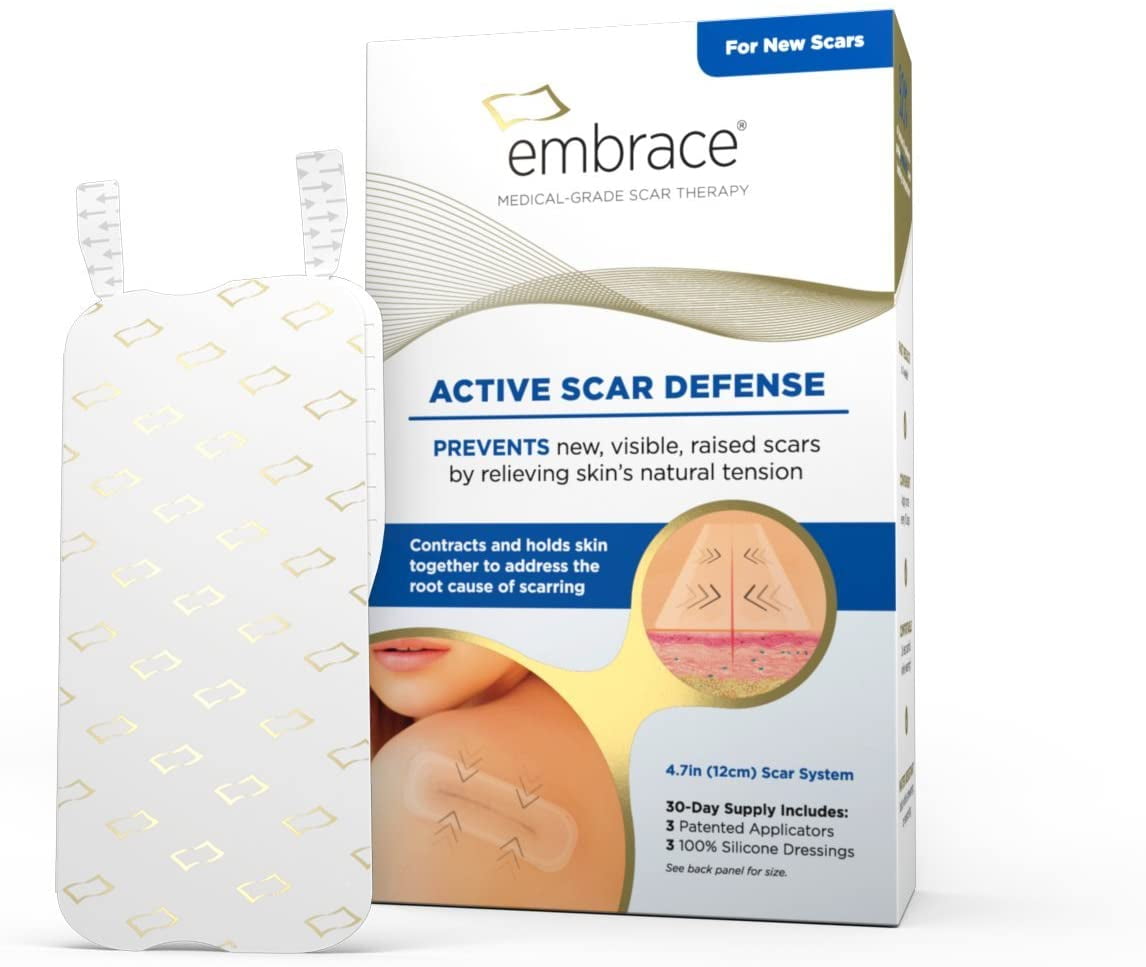 While anyone can develop a scar after their skin is injured, some factors increase the risk for poor wound healing, including:
While anyone can develop a scar after their skin is injured, some factors increase the risk for poor wound healing, including:
- Age – those who are older are more likely to develop scars because they have thinner skin, cells are produced more slowly, and collagen and elastin production is diminished.
- Race – certain ethnicities and races may be more prone to scarring. For example, individuals with dark skin are more likely to develop keloid scars after an injury.
- Health – people with heart disease, diabetes, or poor circulation, are more likely to experience poor wound healing as their immune system is overtaxed from maintaining healthy overall function.
Stages of Wound Healing
Everyone heals differently following a wound. Dr. Condie says, “There are numerous factors that impact the body’s ability to heal, which means no one will take the same amount of time to recover from an injury to their skin, but there are four main phases of healing that should be expected: hemostasis, inflammation, proliferation, and remodeling. ” Below, Dr. Condie describes each of these four stages and what to expect:
” Below, Dr. Condie describes each of these four stages and what to expect:
- Hemostasis – this is the body’s natural response that occurs immediately after a wound. It includes blood clotting, scab formation, and other healing responses.
- Inflammation – as the immune system kicks into gear, inflammation occurs. This may include swelling and redness as the body replaces damaged cells and fights off infection.
- Proliferation – this is the process of creating new skin, blood vessels, and other tissues as the wound closes over.
- Remodeling – this is the final stage of wound healing, at which point, scarring may occur. If the wound was severe enough or other factors were present, the healthy skin may not match the surrounding tissue. This stage may take many months or even a year to complete.
Warning Signs of Improper Wound Healing
According to Dr. Condie, “The most obvious signs that a wound is improperly healing are any symptoms that get worse instead of better with time.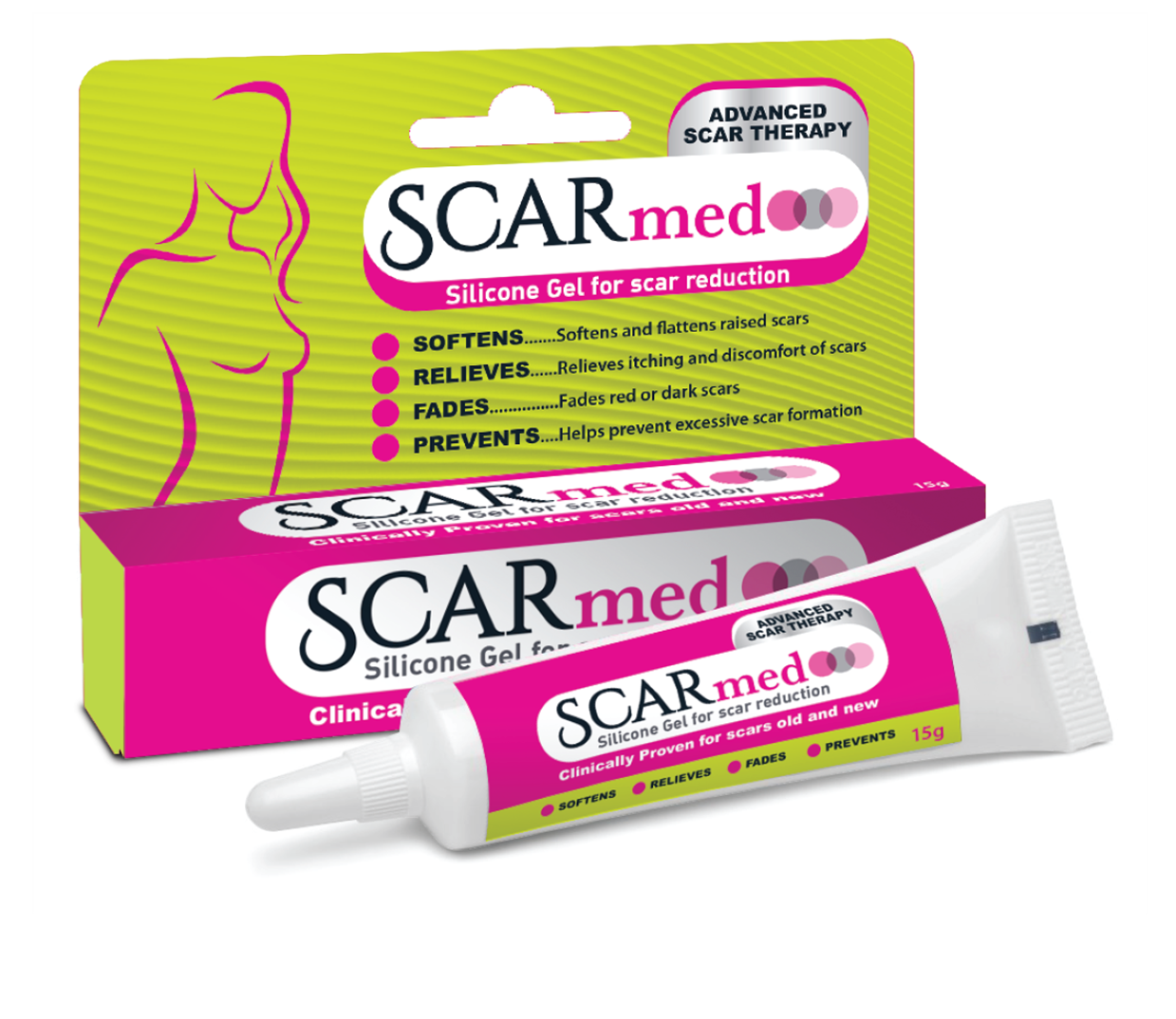 If you notice increasing severity of symptoms, it’s essential to contact your dermatologist or other medical professional immediately.” Common signs that a wound is healing improperly include:
If you notice increasing severity of symptoms, it’s essential to contact your dermatologist or other medical professional immediately.” Common signs that a wound is healing improperly include:
- Pain – if pain increases or doesn’t improve within a few days of receiving the wound.
- Bleeding – if the wound continues to bleed after the first 24 to 48 hours, this may be a sign that it isn’t healing as expected.
- Redness – reddened skin around the wound, especially if the redness is spreading, can be an early warning sign of infection.
- Warmth – heat on or around the wound is one of the most common signs of infection.
- Discharge or smell – if the wound produces a discharge or bad smell, this may be indicative of an advanced infection that requires immediate treatment.
Tips to Heal More Quickly
When it comes to the time it takes for wounds to heal, Dr. Condie recommends, “Your body knows how best to heal itself, so it’s important to allow yourself the time you need to heal. However, there are some steps you can take to promote faster, more comfortable wound healing, and minimize scarring. Perhaps the easiest and most obvious is to follow your dermatologist’s aftercare instructions to the letter.” In addition to following aftercare instructions, some other tips to ensure quick and comfortable wound healing include:
However, there are some steps you can take to promote faster, more comfortable wound healing, and minimize scarring. Perhaps the easiest and most obvious is to follow your dermatologist’s aftercare instructions to the letter.” In addition to following aftercare instructions, some other tips to ensure quick and comfortable wound healing include:
- Clean the wound daily – this includes general cleaning like showering or washing your face, and you should also apply any topical ointments or other healing products as directed by your dermatologist.
- Get plenty of rest – our bodies heal and cells regenerate as we sleep, so it’s important to give yourself plenty of rest while your wound is healing.
- Stay hydrated – Proper hydration allows your body’s circulation to deliver oxygen and nutrients to the injured tissue. For that reason, it’s essential to drink plenty of water as you heal.
- Eat a nutrient-rich diet – the vitamins and nutrients in food allow the body to heal and produce new, healthy skin cells.
 A healthy diet helps with a healthy immune response.
A healthy diet helps with a healthy immune response. - Avoid harmful substances – smoking, vaping, tobacco in any form, and drinking to excess can impede immune function, slowing down healing and increasing the risk of infection and scarring.
How to Minimize the Risk of Scarring
Scarring is always a possibility after injury, but there are some ways to reduce the risk of unattractive scar tissue formation. According to Dr. Condie, “The best way to optimize scar formation is to follow your dermatologist’s recommended aftercare plan. This should promote healing and prevent discomfort during the healing process. It is important to keep the wound clean during all stages of healing. Initially, I usually recommend a bland ointment such as petrolatum to apply to wounds. After the top layer of skin has healed, sunscreen and minimizing sun exposure are necessary. New skin developed during healing is extremely sensitive to sun damage. Additionally, you may want to incorporate medical-grade silicone gels and/or sheets into your skincare routine. If you want to combine the two treatments, Silagen 100% Pure Silicon +SPF 30 is a great option. It’s an innovative silicon scar-prevention gel with built-in sunscreen. There are many other brands of silicone scar products that also work well.” Below, Dr. Condie goes through some of the top scar prevention dos and don’ts:
If you want to combine the two treatments, Silagen 100% Pure Silicon +SPF 30 is a great option. It’s an innovative silicon scar-prevention gel with built-in sunscreen. There are many other brands of silicone scar products that also work well.” Below, Dr. Condie goes through some of the top scar prevention dos and don’ts:
- Do – keep the wound clean throughout healing.
- Don’t – skip your moisturizer. Dry skin is prone to scarring and may take longer to heal. Apply petroleum jelly or other protective barrier creams to the wound and protect it with non-stick bandaging.
- Do – massage the wound as directed by your physician. After skin surgery, we typically recommend waiting approximately one month before starting scar massage. You can use a bland ointment, scar gel, or healing serum and massage it into the skin. The massage combined with the hydrating product helps the scar improve during the remodeling phase of wound healing.
- Don’t – spend a lot of time in the sun.
 We already mentioned this above, but it bears repeating. Sun damage will only worsen scar tissue formation.
We already mentioned this above, but it bears repeating. Sun damage will only worsen scar tissue formation. - Do – be patient and allow skin the time it needs to heal. You can find countless accelerated healing products or recommendations online, but many of these are not backed by research and may even lead to a worse outcome.
- Don’t – pick just any scar prevention cream. Choose dermatologist-developed treatments like the silicone gel described above.
Scar Removal Options
Despite best efforts to heal skin quickly and minimize scar formation, scarring happens. If you’re concerned about the appearance of scar tissue, Dr. Condie recommends seeing a dermatologist for evaluation and recommendations before starting treatment, even with over-the-counter products. There are several dermatologic products and procedures available for improving the appearance of scars, including:
- Pigmentation correction– for skin discoloration that appears after wound healing, professional bleaching treatments or at-home creams may be a good solution.
 Cyspera Intensive Pigment Corrector V2 is a skin-lightening product that utilizes safe and effective ingredients to lighten skin. Your dermatologist may recommend other products that have a similar effect.
Cyspera Intensive Pigment Corrector V2 is a skin-lightening product that utilizes safe and effective ingredients to lighten skin. Your dermatologist may recommend other products that have a similar effect. - Chemical peels – these treatments remove the outer layers of skin to reduce the appearance of discoloration and uneven skin tone or texture.
- Fillers – dermal fillers and soft tissue fillers may be recommended for scarring that causes the skin to cave in. Called atrophic scars, these are common results of acne and chickenpox.
- Laser treatment – can be used to address almost any aspect of skin irregularity that results from scarring, including raised skin, discoloration, uneven tone or texture, and contracture.
- Radiofrequency technology – radiofrequency technology with or without microneedling may be recommended to reduce the appearance of scar tissue and other cosmetic irregularities of the skin.
- Steroids – for raised and contracture scar tissue, injectable corticosteroids can help to reduce the amount of raised and contracted tissue for a smoother appearance.

- Dermabrasion – to improve the appearance and contours of scars, especially following skin surgery. This involves creating a thin wound around the scar and allowing the area to heal inward.
Ready to Talk to a Dermatologist?
If you’re ready to schedule a visit with your dermatologist to develop a skincare plan during wound healing, address issues that arise, and prevent or treat scarring, the U.S. Dermatology Partners team has made it easy. Just take a few minutes to fill out our online scheduling request form. Once our local U.S. Dermatology Partners team hears from you, they’ll reach out to schedule your appointment.
Find a location near me
Featured Physician
Scar prevention – FERMENCOL
company blog
What to do if there is a trace of lichen?
Herpes zoster (shingles) is an infectious disease that occurs in people who have had chicken pox. It affects the posterior roots of the spinal cord, intervertebral ganglions and skin.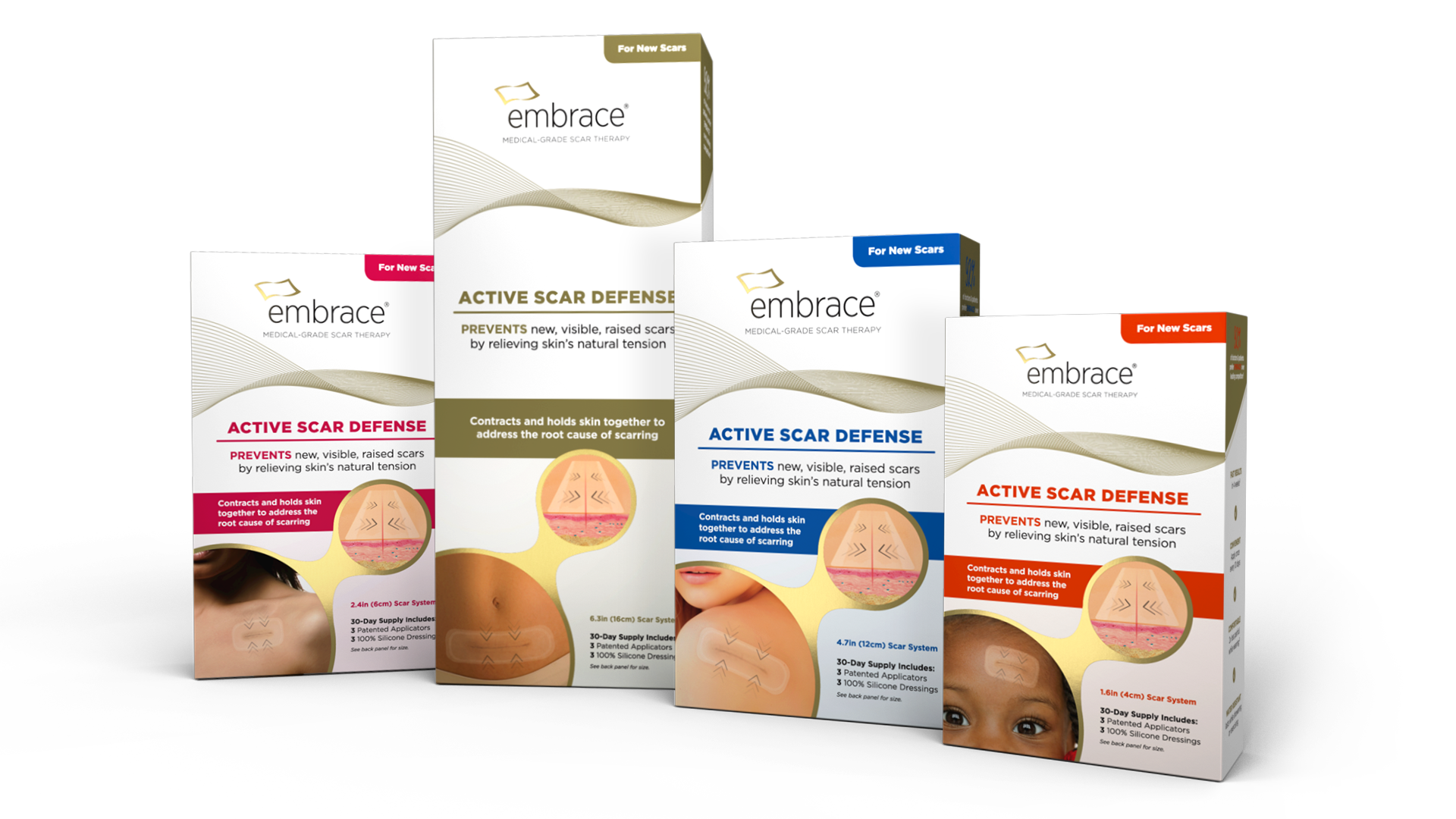 Visually, the disease looks like a vesicular rash (vesicles with a colorless or grayish liquid) and is accompanied by pain. This pathology does not occur in all who have had chickenpox and not immediately. The virus is in […]
Visually, the disease looks like a vesicular rash (vesicles with a colorless or grayish liquid) and is accompanied by pain. This pathology does not occur in all who have had chickenpox and not immediately. The virus is in […]
Scar prevention
Read (~ 5 minutes)
How to remove scars on your hands: several affordable ways for any budget
Every adult has at least one scar: a slight mark or, conversely, a skin defect that causes significant anxiety and psychological discomfort. The scars on the hands from cuts are the most noticeable, besides, they create a certain opinion about a person, even if such scars are the consequences of the mistakes of youth. How to get rid of scars on your arm and forget about grades […]
Scar Prevention
Read (~ 7 minutes)
Bullet scar
Gunshot wounds are not only an attribute of wartime. As of 2021, more than three and a half million civilians were licensed to carry weapons. And how many units are in illegal circulation? Hard to tell.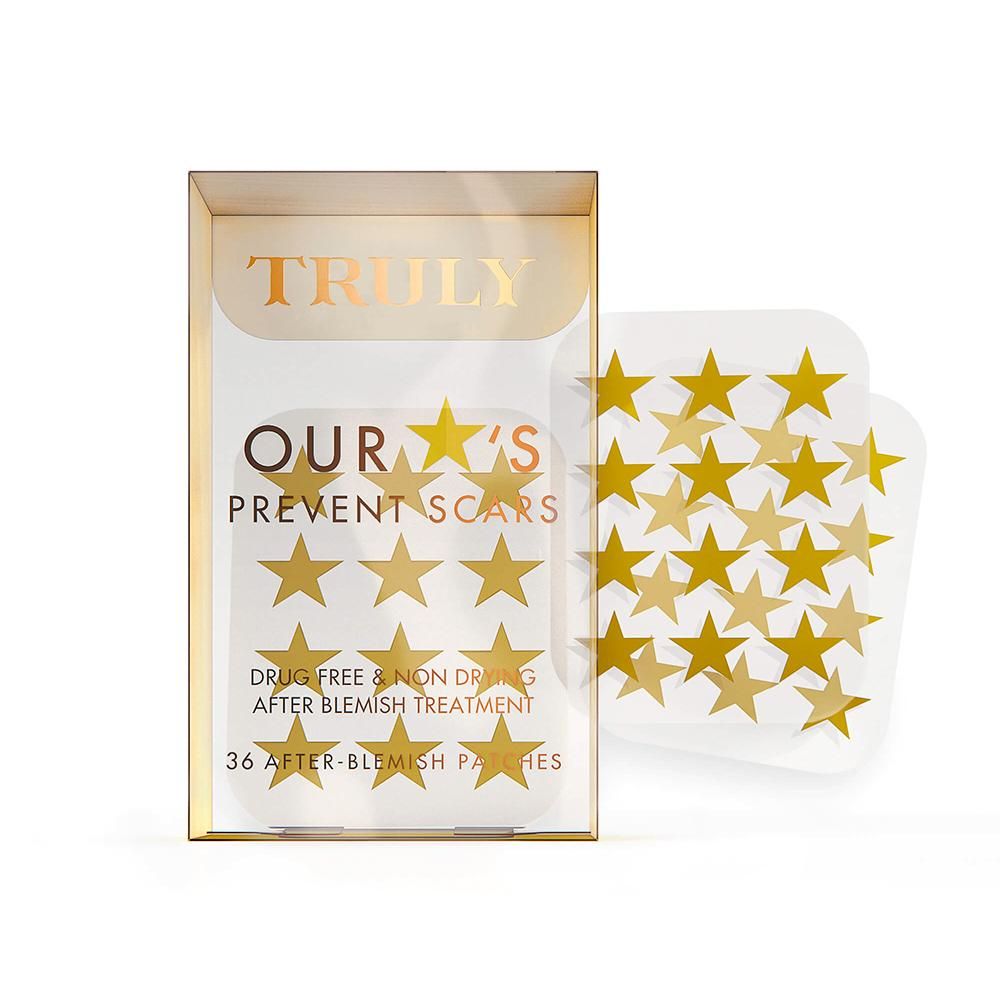 Therefore, there is a real risk of injury from a shot. What to do if such an accident occurs? And how, after the wound has healed, get rid of the scar […]
Therefore, there is a real risk of injury from a shot. What to do if such an accident occurs? And how, after the wound has healed, get rid of the scar […]
Scar Prevention
Read (~ 4 minutes)
Notice the inflammation of the old scar? We need to act urgently!
Every adult has one or two scars on his body. We have long forgotten about some marks and do not pay attention to them. But it happens that an old scar suddenly turns red, hurts and itches. Is it worth sounding the alarm in this case? Can such complaints be a sign of something serious, or can the discomfort simply be endured? Certainly, scar inflammation […]
Scar prevention
Read (~ 5 minutes)
Will the scar from the cut go away on its own, or can unpleasant consequences be avoided?
Everyone has been injured at least once. It could have been a serious injury or a harmless cut while cooking dinner or gardening. One way or another, but the skin was cut, and after healing, a scar formed. Do cut scars go away on their own and what consequences can be expected if healing was complicated by third-party factors? Article […]
Do cut scars go away on their own and what consequences can be expected if healing was complicated by third-party factors? Article […]
Scar Prevention
Read (~ 4 minutes)
Disclaimer
The Fermencol blog is for informational purposes only and cannot replace an individual consultation with a medical practitioner. All articles inform about skin problems, but are not a guide to action. Be sure to consult your doctor before using the above-mentioned remedies and applying medical techniques!
All about scars – Rustam Ilyasovich Khalilullin
This is not the first time I write about scars and their prevention.
But, as it turns out, even if I duplicate this post once a week, it still won’t be enough.
So, important points:
1. Scar care
2. Control examinations after surgery after 1, 3, 6, 12 months. after operation. I have to look, evaluate the scar and determine if something needs to be done about it.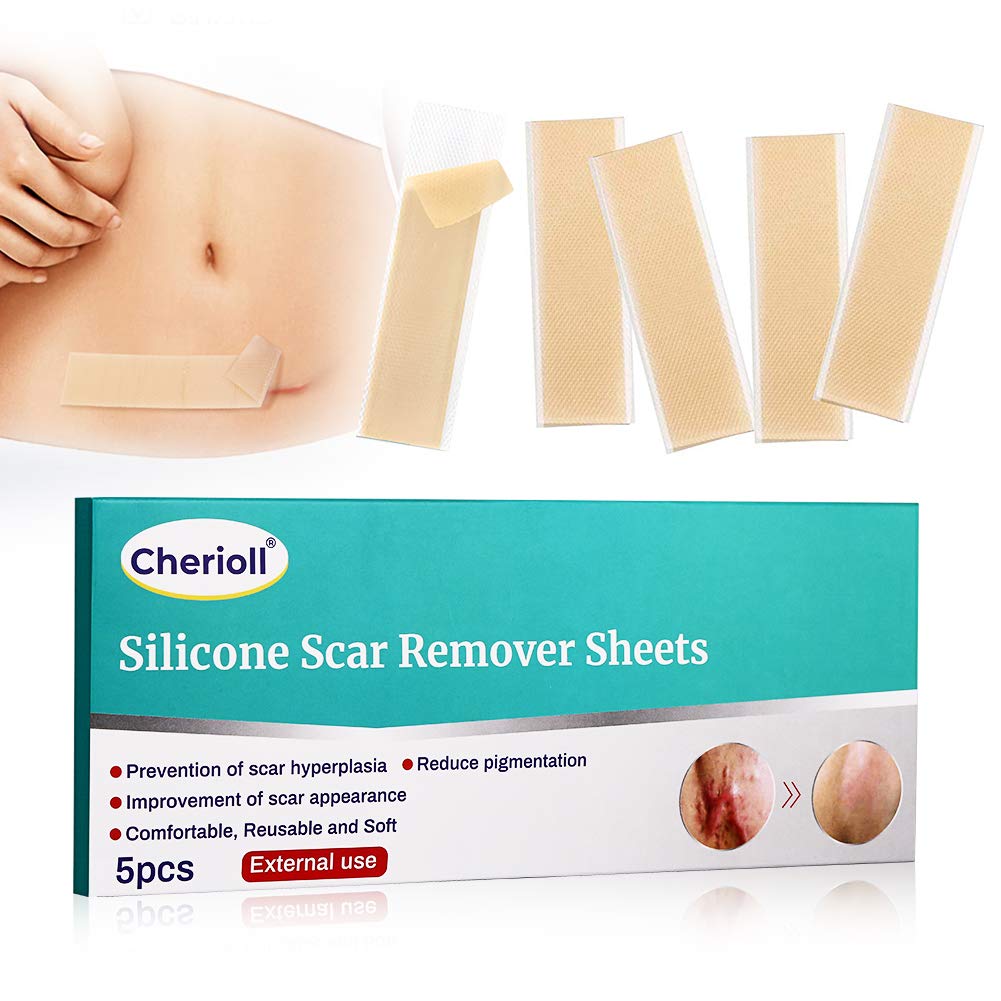
3. If you need to do something with it, and these are, as a rule, injection and hardware techniques, then I recommend you either cosmetologists we have verified who work with scars, or I write a diagram for your cosmetologist how to work with a scar.
I have repeatedly said and will not tire of repeating: someone has a scar and without care and therapy heals almost without a trace, but more often scars require care. And they definitely need prevention!
If you want to get a good scar, you need to work with it.
Life and course of the wound process.
Immediately after tissue damage, our defense systems are activated:
- vessels expand, their walls become more permeable, changes in microvascular permeability increase during the first 2-3 days;
- the army of cellular agents moves to the area of damage, the main soldier in this phase is a macrophage;
- releasing special substances, our cells tend to isolate the wound from the surrounding intact elements.

For us, who observe their active work from the outside, this is manifested in an increase in edema. And this is called the inflammatory phase. Not to be confused with bacterial inflammation.
- The first phase lasts for 1-3 days after the operation. It is characterized by an increase in edema. By about the third day, you will see the maximum swelling.
The inflammatory phase is followed by the proliferative phase.
- In this phase, the fibroblast becomes the main active cell in the area of injury.
- Fibroblast is a hard worker in our integumentary tissues, it synthesizes collagen of various types, and also synthesizes hyaluronic acid known to everyone.
- Fibroblasts, like microspiders, weave a collagen network, closing and strengthening damaged tissues from the inside.
- New vessels and nerve endings are sprouting.
The maximum level of collagen synthesis and its accumulation is reached within approximately 2 months. (sometimes up to 100 days). Sometimes this process is delayed and for a longer time.
(sometimes up to 100 days). Sometimes this process is delayed and for a longer time.
What happens?
- Over the next two to three months we will see how the scar becomes denser, it becomes reddish in color.
- In this period, the scars are most sensitive.
- Scars may itch a little.
Gradually, from the third month, the phase of scar tissue restructuring begins. Vessels sprouted for nutrition are mostly sclerosed by the body. The tissues shrink, the scar “settles”. Decreases in size, brightens, and sometimes turns white. This process takes up to 12-18 months.
This happens normally, and such scars are called normotrophic.
Normotrophic scar is characterized by:
- small visualization in the first days after the operation;
- slight increase, dilation and redness within two to three months;
- gradual lightening and reduction occurs, as a rule, by the 8th-18th month;
- no special treatment required;
- care and prevention.

Hypertrophic and keloid scars are a condition of “overhealing”.
In the case of hypertrophic scars, their growth is more intensive, stopping at sizes slightly larger than normotrophic scars. The important thing is that a hypertrophic scar always stops in the zone of primary damage (unlike a keloid scar – see below). This is connected with a genetic predisposition, with the reactivity of the body, the level of tissue tension, scar trauma during the healing process and other factors.
Hypertrophic scar is characterized by:
- small visualization in the first days after the operation;
- enlargement, dilation, protrusion and redness;
- the period of increase and stretching of the scar in width can be about 6-8 months;
- the period of clarification and reduction of the scar can be delayed up to several years;
- scar remains, as a rule, protruding above the skin, dense, skin-colored, somewhat lighter or somewhat darker;
- longer itching, hypersensitivity/tenderness of the scar;
- specialized treatment possible;
- care and prevention.

Keloid scars are the most aggressive type of scarring.
The division and growth of cells inside occurs at a high rate and in large numbers. Keloid scars do not follow the general rules for the formation of scar tissue. Their development is almost endless, since their proliferative (the one where fibroblasts actively work) phase goes on constantly, without stopping. Fibroblasts tirelessly weave fibers, blood vessels and new connective tissue grow. Keloid scars do not stop within the primary damage and involve surrounding tissues in their growth. The formation of keloid scars is a multifactorial process, triggered by the body itself. Among the factors for the occurrence of keloid scars are genetic prerequisites, and hormonal, and localization, etc. It is impossible to understand whether you have a tendency to keloid scars until they occur. Moreover, even if you already have scars, for example, after the removal of appendicitis, and they are normotrophic, then there is no guarantee that in the future, with a new injury, a keloid scar will not develop.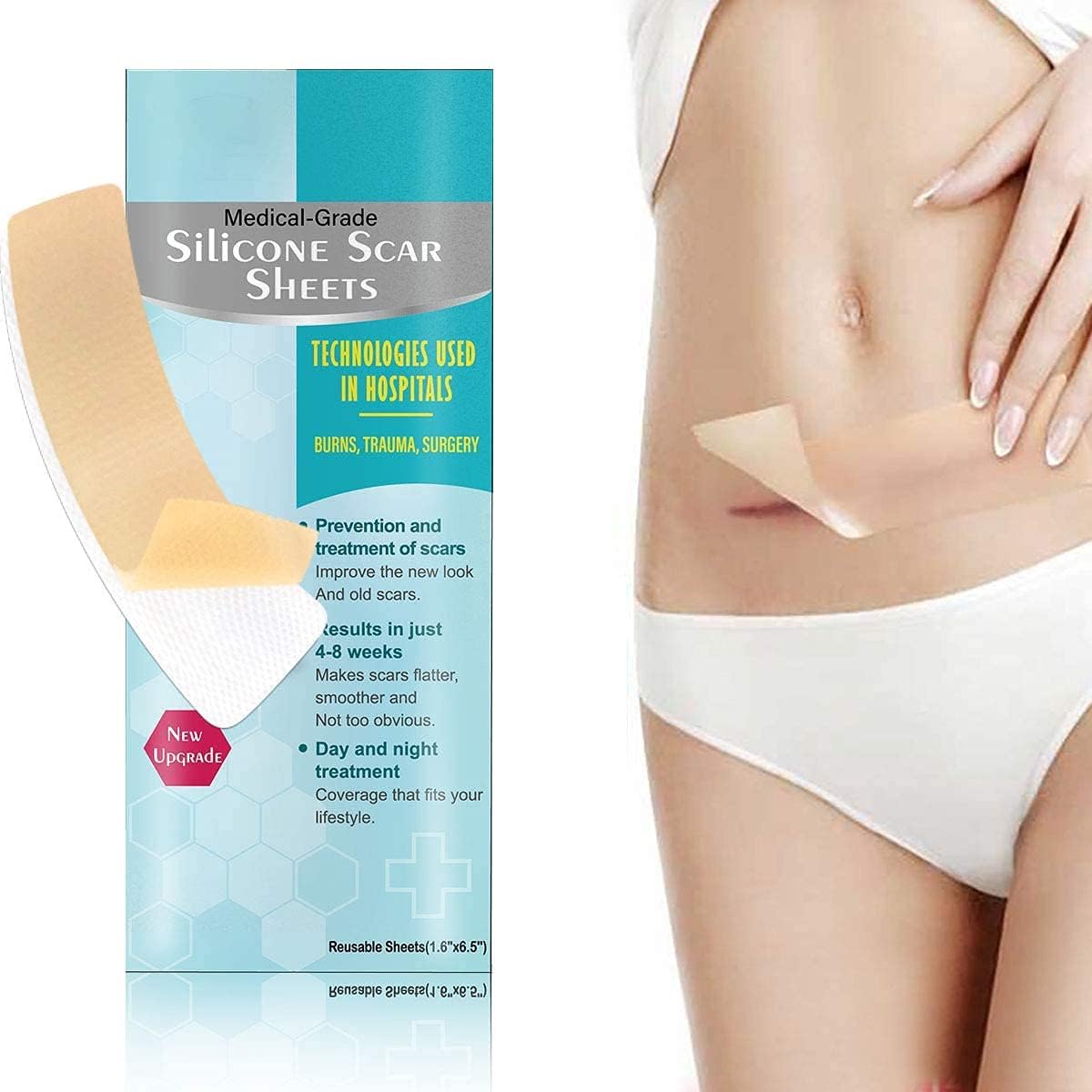
- It is believed that the main areas of localization of keloid scars are the upper chest, backs, shoulders, ears.
These scars are the most difficult to treat, but effective techniques and algorithms have been developed and are successfully applied in the practice of specialists.
With regard to plastic surgery, the incidence of keloid scarring is extremely low, since, as a rule, accesses are made in natural folds, and postoperative care and scar control prevent the growth of scar tissue.
Keloid scars
- The first days are similar to normal scars.
- The first month, as a rule, may not manifest itself in any way, except for more active itching.
- From month to month, the scar continues to itch, grow, periodically hurt, involve surrounding tissues, rise above the surface.
- The scar goes beyond the boundaries of the primary damage and continues to grow.
- Specialized treatment required.
Before you start treating hypertrophic or keloid scars, you need to make sure that they are.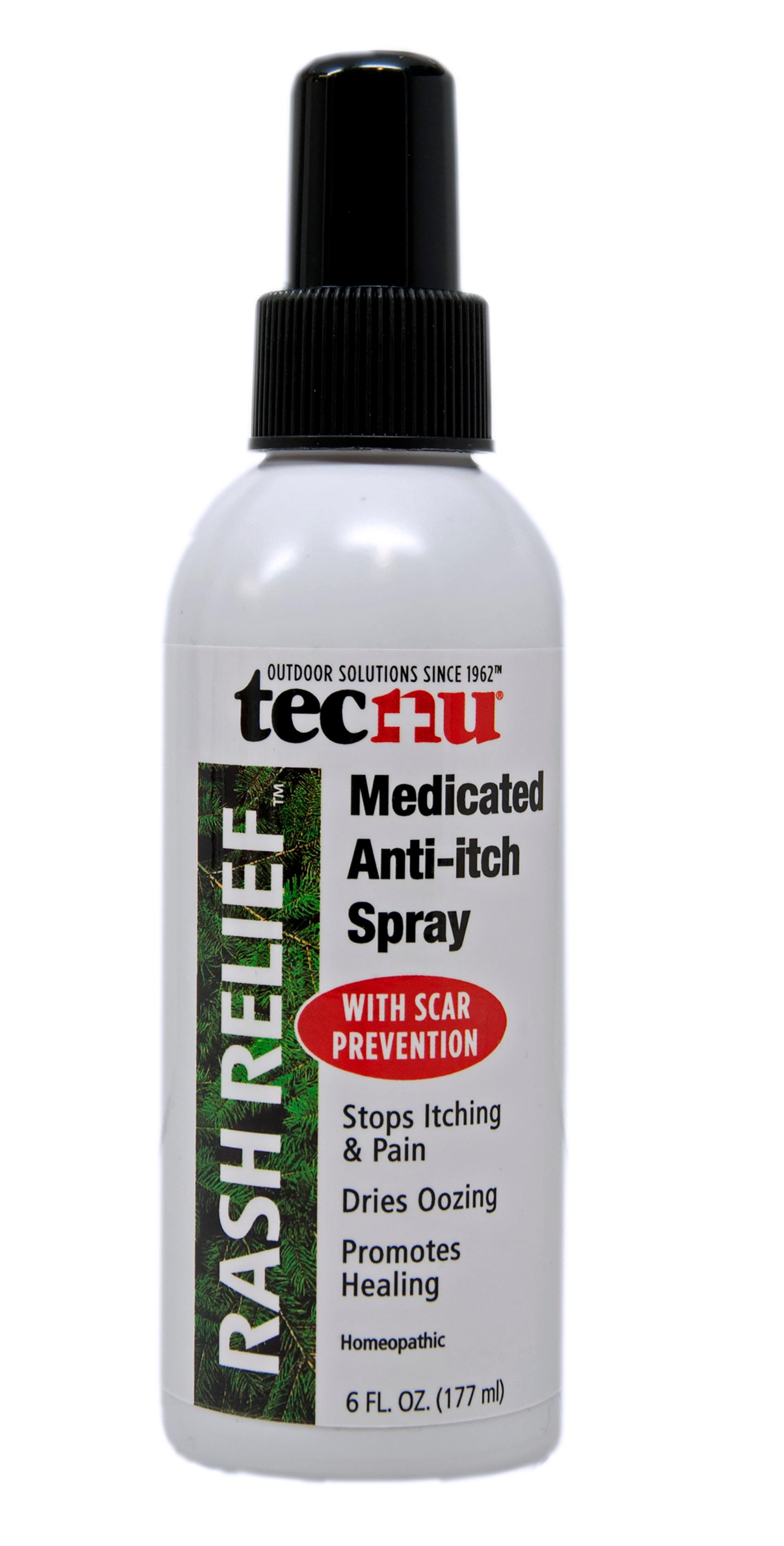 People often confuse old “stretched” atrophic scars with hypertrophic or even keloid scars.
People often confuse old “stretched” atrophic scars with hypertrophic or even keloid scars.
I am often sent photos of scars – there is nothing wrong with that if you are not sure which scar you are the owner of.
You can send photos by email. email [email protected] or direct my Instagram account @doctor.rust. It is completely free of charge, and if necessary, you can start specialized therapy in a timely manner.
Now that you’ve learned what scars are and how they grow, we’ll get to where you started this chapter.
Care and prevention
The very first and most important thing is to protect the scar from external factors of trauma, such as:
– scar stretching due to movement;
– thermal effects.
Stitches and stickers during the first month
If it is a blepharoplasty, special flesh-colored “strips” are glued onto a thin suture. They perfectly protect the wound from external damaging agents.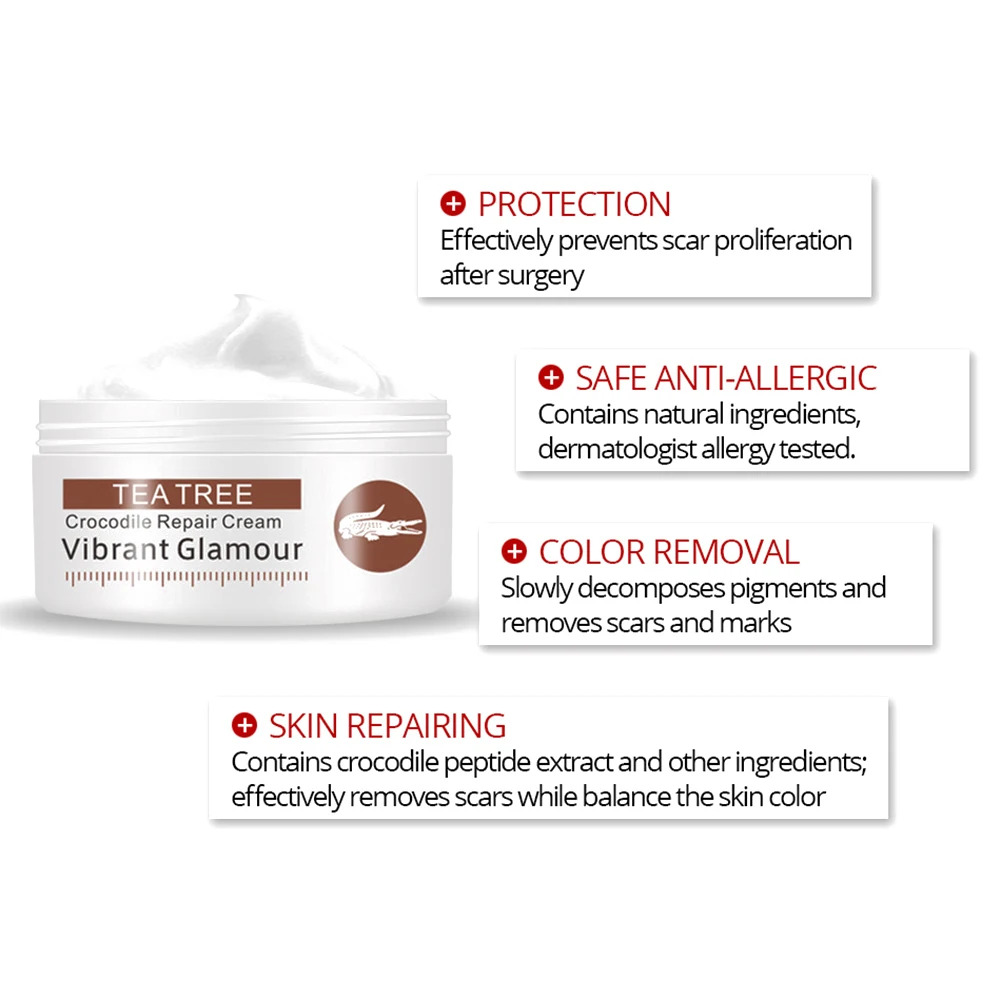 An alternative is a special glue. Glue is one of the best protective agents, but glue can be uncomfortable in the eyelid area. Protective stickers are used within a week. From the 14th day, Hydrocortisone (cream) is used on the scar area for 7 days (no more).
An alternative is a special glue. Glue is one of the best protective agents, but glue can be uncomfortable in the eyelid area. Protective stickers are used within a week. From the 14th day, Hydrocortisone (cream) is used on the scar area for 7 days (no more).
After that – means to reduce the activity of scars. For example, Imoferaza, Dermatix or Kelokot – 1-3 months.
- If endoscopic lifting was performed: accesses for endoscopic lifting are located in the scalp and, as a rule, are not sutured with suture material, but special staples are used, which are removed in the clinic for 10-14 days. During this time, accesses should be treated daily with antiseptic agents (for example, Betadine or Chlorhexidine). As a rule, the subsequent maintenance of accesses is not required.
- If a facelift has been performed, stitches should usually be removed after 10-14 days. It is possible to use special Omnistrip stickers on accesses in the anterior and occipital region; in the temporal region, as a rule, additional means are not used.

- If operations were performed in the body area, the accesses are protected for the first month with a special adhesive and Omnistrip stickers. This is more than enough after the operation to protect the access area.
During operations on the body and limbs, I use the “seamless” technology.
What it consists of: during the operation, accesses are sutured with several rows of internal sutures using the most modern inert absorbable materials, special skin glue and special protective stickers (strips) are applied on top of the access area.
The technology of using skin glue instead of external sutures greatly simplifies the postoperative period.
“Seamless” is the ability to wash within a few hours after the operation, unlike the old “suture” technologies, where instead of washing, patients had to wipe themselves with a damp towel for a week (or even two) – just go to the shower.
“Seamless” means that in 97% of cases there is no need for dressings, which means that there is no unnecessary pain.
“Seamless” is without seams: they do not need to be removed, the threads do not stick out and are not an entrance gate for infection.
3-4 weeks after the operation, the patient can peel off this plaster on his own – it is completely painless and elementary. Just as elementary as peeling off a band-aid.
After peeling off the plaster, if all accesses have healed and there are no wounds, I recommend to let the scars “rest” for 3-5 days, and then start the care.
So, care after removing stickers.
Body: strips, gels, patches.
After removing the stickers, carefully inspect the access area – in rare cases, there may be small wounds or crusts in the access area. You should not worry: if this happens, your doctor will prescribe therapy for you, and everything will pass quickly.
If everything is clean, then I recommend a 3-4 days rest without additional funds. You can wash, remove all the glue, but do not rub the seams with a washcloth.
From 3-4 days after removing the stickers – scar care.
Various care options are available. Here are the main ones:
- The use of special creams and ointments that reduce the activity of scar growth phases (see the beginning of the chapter).
Among the most popular products:
- Kelo-Cote (Kelo-Cote) – silicone protective gel. Minimum duration of use – 60-90 days, then efficiency control.
- Dermatix is a protective silicone gel. The minimum duration of the prophylactic course is at least 2 months.
- Imopherase is a hyaluronidase preparation (decreased activity). Duration – 4-8 weeks
- Contractubex – onion extract, heparin, allantoin. Duration of application – at least 3-4 months.
Topical use of one protective gel with a possible combination with a gel to reduce scar activity.
Example: Dermatix + Imoferase, Kelo-kot + Imoferase, Contractubex + Dermatix, etc.
- Silicone protective patches.

Among the most popular:
– Dermatix.
– Mepiform.
– Cica Care.
– Scarfix (ScarFX).
The patches are worn during the day and night, removed for hygiene procedures and reapplied. Gels can be alternated with patches.
- Use of protective strips for a long time.
Strips – they are also protective stickers. Were glued immediately after the operation. The same stickers (only new ones) can be used for prolonged scar protection.
Lately I’ve been recommending more and more to focus on strips (with which we protect access during the first month).
Instructions: remove our strips in a month, process if there is no reaction to the strip, 3-4 days of rest, then re-glue the new strips and continue to wear (without removing) 2-3 weeks. The procedure can be repeated several times and strips can be used for up to 4-6 months (if there are no unwanted reactions to the sticker).
Why strips:
– they are extremely inert and rarely irritate the skin;
– they can be worn all the time without taking them off, and you can wash with them;
– if there is a need to remove them, they can be easily peeled off, and you can stick them on the next day and continue to wear them without removing them;
– they will protect the scars from trauma and irritation from clothing;
– they are much cheaper than silicone patches;
– there is no need to use other means.
Watch out for scars for years!
Pay attention to the following:
- whether the scar is itchy and how long it lasts;
- did itching start in the area of the scar a few months after the operation;
- whether the scar has a constant growth trend;
- whether the scar is coarsening and turning into a blue tint;
- whether there is a constant traumatization of the scar with underwear, clothes;
- scars should not be rubbed with a sponge;
- scars should not be constantly touched by hands.
The treatment of hypertrophic and keloid scars is a complex and multi-stage process.
However, with a rational and multifaceted approach, therapeutic agents are highly effective.
Basic products for scar therapy
– Botulinum toxin preparations (Botox, Dysport, etc.).
– Hormonal preparations (Diprospan, Kenalog).
– Hyaluronidase preparations (Longidase – injections, suppositories, ultraphonophoresis).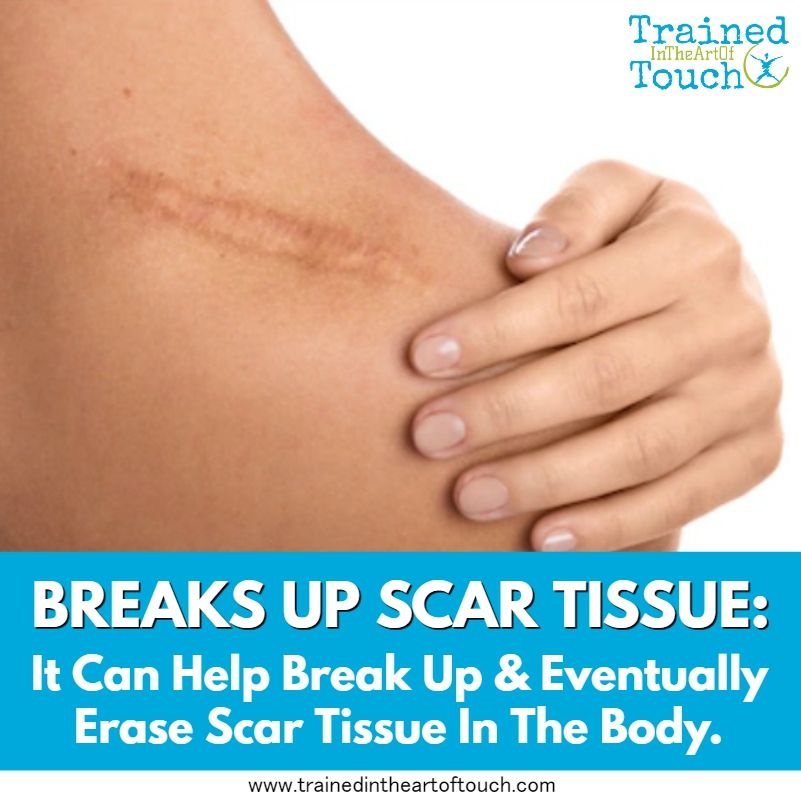

 A healthy diet helps with a healthy immune response.
A healthy diet helps with a healthy immune response.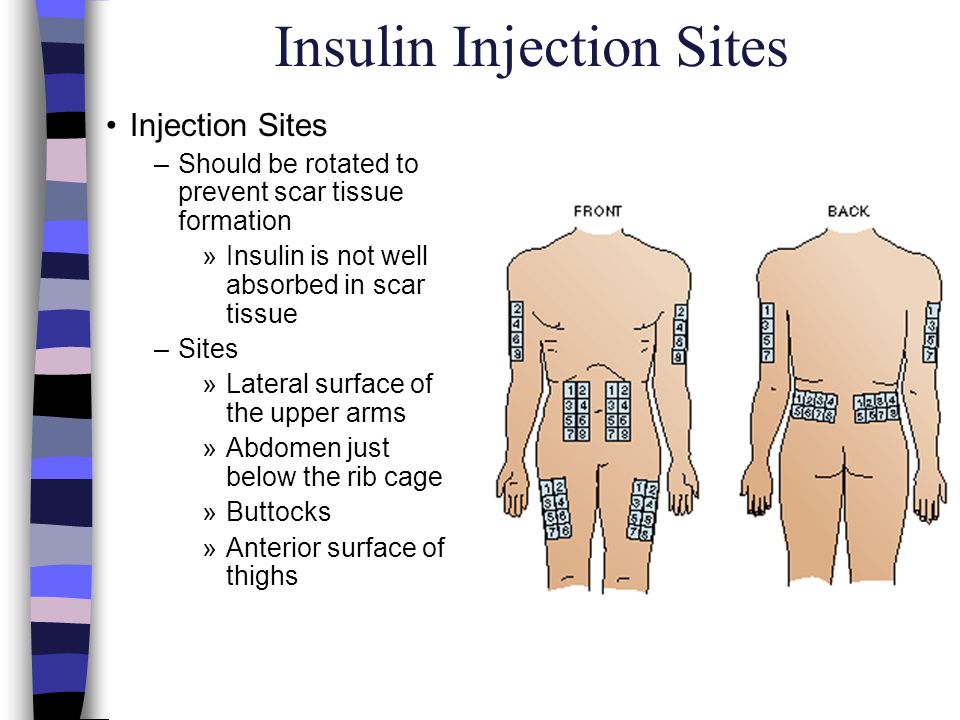 We already mentioned this above, but it bears repeating. Sun damage will only worsen scar tissue formation.
We already mentioned this above, but it bears repeating. Sun damage will only worsen scar tissue formation. Cyspera Intensive Pigment Corrector V2 is a skin-lightening product that utilizes safe and effective ingredients to lighten skin. Your dermatologist may recommend other products that have a similar effect.
Cyspera Intensive Pigment Corrector V2 is a skin-lightening product that utilizes safe and effective ingredients to lighten skin. Your dermatologist may recommend other products that have a similar effect.
